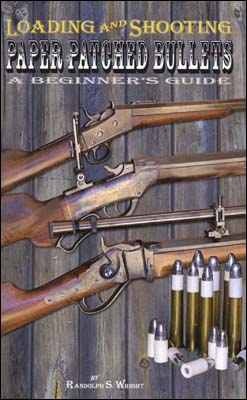I’m going to be shooting the following bullet, a BACO 535 gn Elliptical, Jim 443530e pp in a 1:16 alloy. .45_70with around 80 gns 11/2 Swiss. I’m guessing the ogive meets the sides at tangency. How hi up on the ogive should I patch so when the bullet slumps the lead is not riding unprotected. .060” .090” ???
Thanks guys,
Richard

|
   
   
|


|



 Reply With Quote
Reply With Quote













